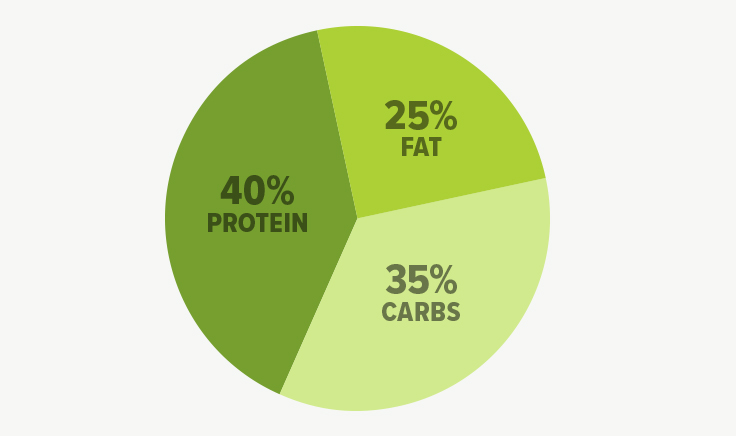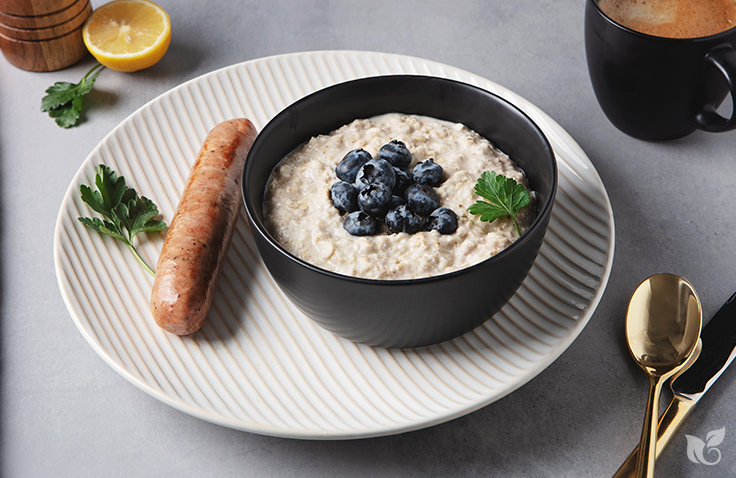Are you trying to lose body fat and struggling to see results? We have all been at a point in our fitness where we’ve hit a plateau, or we’ve read so much information that we’re unsure of the best place to start. Perhaps it’s time to stop overanalyzing and simplify instead.
But first, let’s get something out of the way. Fat loss is not a sustainable endeavor. Fat loss is not a lifestyle or sustainable endeavor. Fat loss is a change for your body while maintenance is the absence of change. Using “fat loss” and “sustainable” in the same sentence is not a way to achieve life-changing results! Instead, let’s get after our fat loss plan and then maintain the results after we’ve gotten where we want. Here’s a plan for how we’re going to do that:
5 Rules of Fat Loss
- Intentionally work out at least 30 minutes every day and incorporate strength training at least three times a week.
- Hit a minimum of 10,000 steps a day.
- Eat in a calorie deficit.
- Eat AT LEAST .8-1 grams of protein per pound of bodyweight.
- Track everything and stay consistent.
It’s time to eat and move correctly and consistently. Let’s break down the nutrition first.

Fat Loss Nutrition
To eat in a calorie deficit, we need to understand energy balance, how to calculate calories, and what that looks like on the scale.
Energy Balance = Calories In vs. Calories Out
We must burn more calories than we consume to lose body fat. We know we are on the right track when we’re losing 1-3 lbs. a week on the scale (1 lb. a week for individuals who are carrying lower body fat levels, 2-3 lbs. a week for those carrying more body fat).
Let’s use a real-life example. Sarah weighs 175 lbs. and requires 2,100 calories to maintain her weight (found by taking bodyweight x 12). She would generally begin her calorie deficit at 1,600-1,800 calories a day (this is a 300-500 calorie deficit). If she doesn’t lose weight after a week, then she will want to reduce her daily calorie intake by 100-125 calories. On the reverse side, if she is losing more than 4 lbs. a week and feels abnormally fatigued, she would want to add 100-125 calories to avoid too much fatigue and burnout.
Pro Tip: If you want to be very precise, you can visit TDEECalculator.net and fill out the necessary information to produce your personalized daily calorie needs.

Now that we’ve covered how much to eat, let’s dig into what we need to eat.
Protein is the most satiating and crucial macronutrient when it comes to burning fat and maintaining muscle mass in a calorie deficit. 1.2 to .8 grams of protein per pound of bodyweight is a good starting point. The leaner the individual, the more protein we recommend per pound of bodyweight.
These rules apply for both men and women! If this is more protein than you’ve ever consumed, start at .8g per pound of bodyweight and go from there.
You’re probably asking, “What about fats and carbs?!” Let’s keep this simple:
- Fats are integral for hormones, but we only need so much.
- Carbohydrates are not essential, but when building or preserving muscle mass they are very beneficial.
The Calorie and Macronutrient Math
The cost of 1g of each macronutrient
- + 1g of Protein= 4 calories
- + 1g of Fat= 9 Calories
- + 1g of Carbohydrates= 4 Calories
Starting Point Recommendations
- Protein = .8g – 1.2g per pound of bodyweight.
- Fats = .2-.4g per pound of bodyweight
- Carbohydrates = The remaining calories
Sarah’s Real-Life Example
- 175 lbs. with a medium amount of body fat = 1,800 calories a day (2,100 minus our 300 for calorie deficit)
- Protein = 175 X 1g = 175 g of Protein X 4 = 700 Calories from Protein
- Fats = 175 X .3g = 53 g of Fat X 9 = 477 Calories from Fat
- Carbohydrates = 1,800 – 1,177(Protein + Fat) = 623 Calories from Carbs/ 4 = 155 g of Carbs
What a Sample Day of Eating for Fat Loss Looks Like

Protein | 40%
Carbohydrates | 25%
Fats | 35%

Afternoon Snack | Protein Shake
Want to design your own day? Check out the menu for ready-made meals, signature sides, and premium proteins that will support your fat loss goals.
Consistency is key. Using an app or online tool, such as MyFitnessPal or Cronometer, to record your meals and track your food intake is also a very efficient way to count calories and stay on track.
Pro Tip: Track everything! “If you can’t measure it, you can’t improve it.” Don’t leave out the sauces you eat, the cream in your coffee, or the oils and butter that you cook with! These all count, and really add up at the end of the day. We don’t know what maintenance eating (80-90% compliance) is if we have never eaten 100% towards our goals!!
Nutrition + Movement
Nutrition is a crucial component of fat loss, but to round out your goal there’s another big piece. Movement and training complete the other rules in our 5 rules of fat loss. Learn more about a day of movement for female fat loss HERE.









